Cats are usually pretty careful about what they eat, which means thankfully instances of plant poisoning are relatively rare. However, it can happen - not just through unwise nibbling, but also when cats lick themselves and accidentally consume pollen which has fallen onto their coats.
There are a number of plants - indoor and outdoor - that are poisonous to cats. And remember that cut flowers can also still be toxic so make sure any poisonous flowers on display are out of reach of cats.
What to do if you suspect your cat has been poisoned?
If you suspect your cat has been poisoned, then please seek advice from your vet immediately. Don’t wait for signs of illness to develop or try and make the cat vomit.
What are the signs and symptoms of poisoning in cats?
Signs of poisoning include excessive salivation, vomiting, diarrhoea, breathing difficulties and fitting. If you have evidence of what your cat has eaten then take a sample to the vet. Even a sample of vomit may help a diagnosis, especially if it is an unusual colour or contains plant matter.
11 poisonous plants for cats
1. Lilies
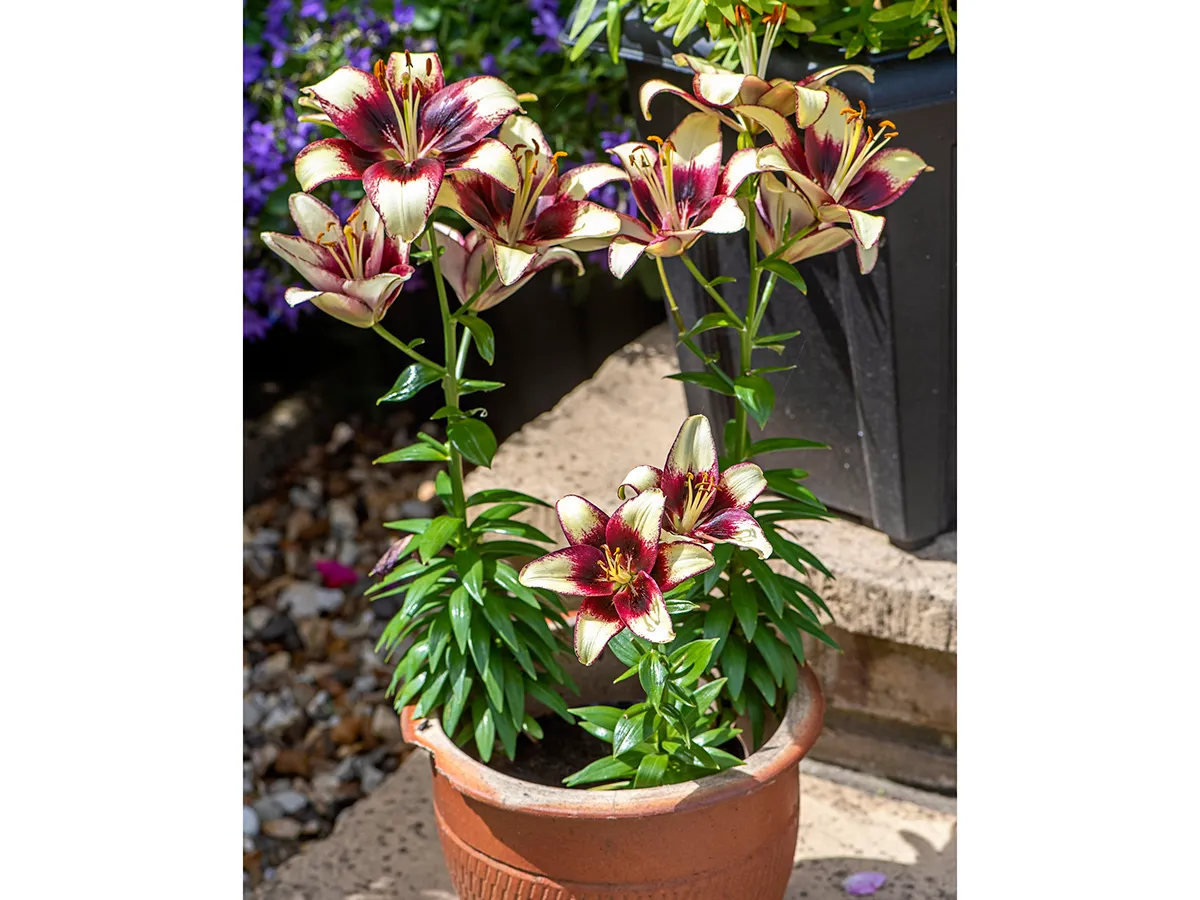
Lilies are the most dangerous plants for cats as they can cause kidney failure. All parts of the lily plant are toxic to cats including the head, leaves, stem and pollen and although they may not be tempted to take a nibble, pollen and other parts can fall onto a cat’s fur and then be ingested when it is grooming itself. If you have cats you should definitely avoid having lilies in the house and garden.
2. Daffodils

A carpet of yellow daffodils is a common sight in the spring but did you know daffodils are toxic to cats? Daffodils contain a poisonous substance called lycorine which can cause stomach upset, vomiting or wider serious illness in cats. The heads, leaves and bulbs of the plant are all toxic.
3. Rhododendron and Azalea
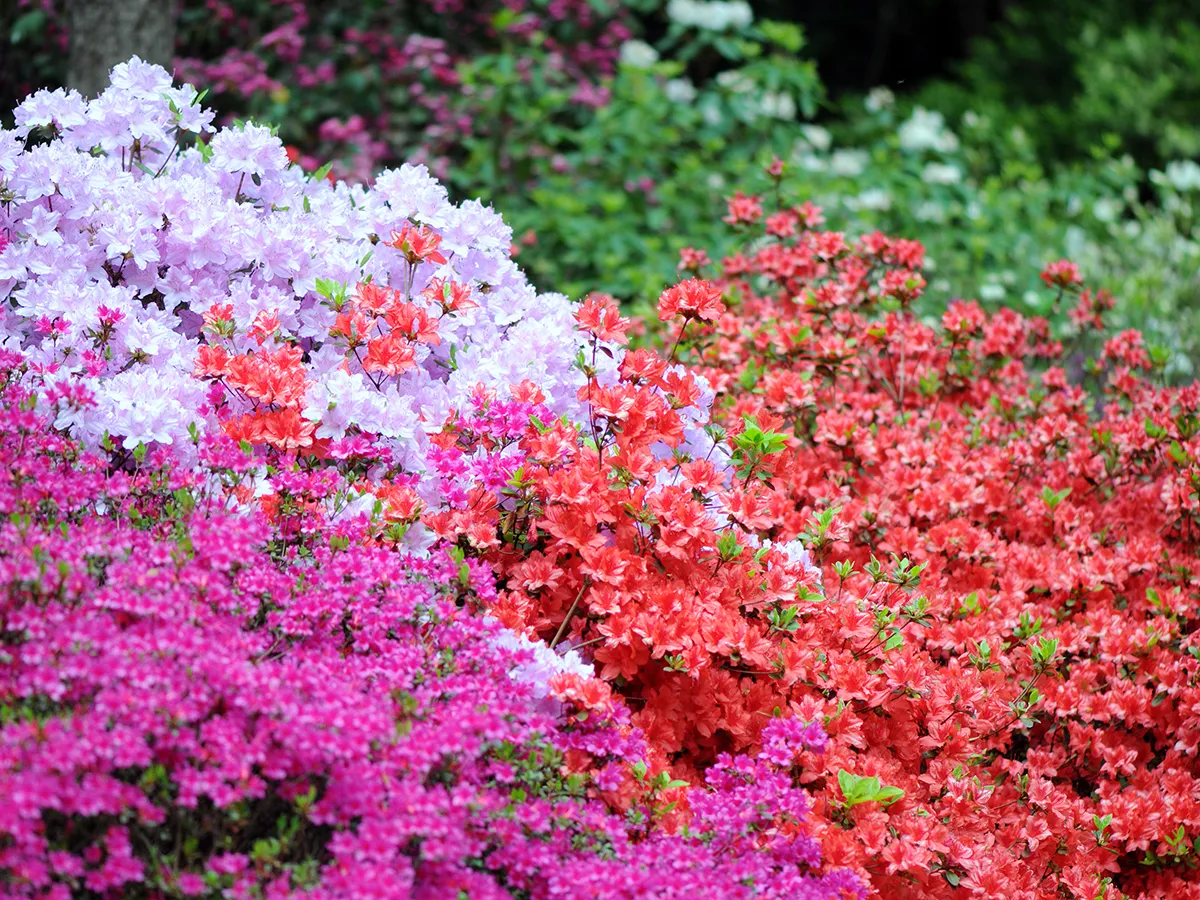
All parts of the Azalea plant are poisonous to cats, and even a small amount can cause symptoms to develop; and if untreated, consumption can be fatal.
Chrysanthemum

Although Chrysanthemums are only mildly toxic, you should seek veterinary advice if you suspect your cat has ingested them or is showing symptoms. Chrysanthemum contains pyrethrin, an insecticide commonly found in dog flea treatment, and, although it is one of the safest insecticides, care should still be taken.
4. Crocus autumn

This autumn flowering plant is toxic to both cats and dogs and can cause cause several issues that need veterinary attention, including severe vomiting, gastrointestinal haemorrhage, liver and kidney damage, and respiratory failure - so always seek veterinary advice if you suspect your cat has consumed any.
5. Delphinium (larkspur)

Your cat would have to consume large quantities of this plant for it to cause major problems, although the plant is more toxic when it is young. Although the risk is small, delphinium is not the best choice for a cat-friendly garden.
6. Foxglove
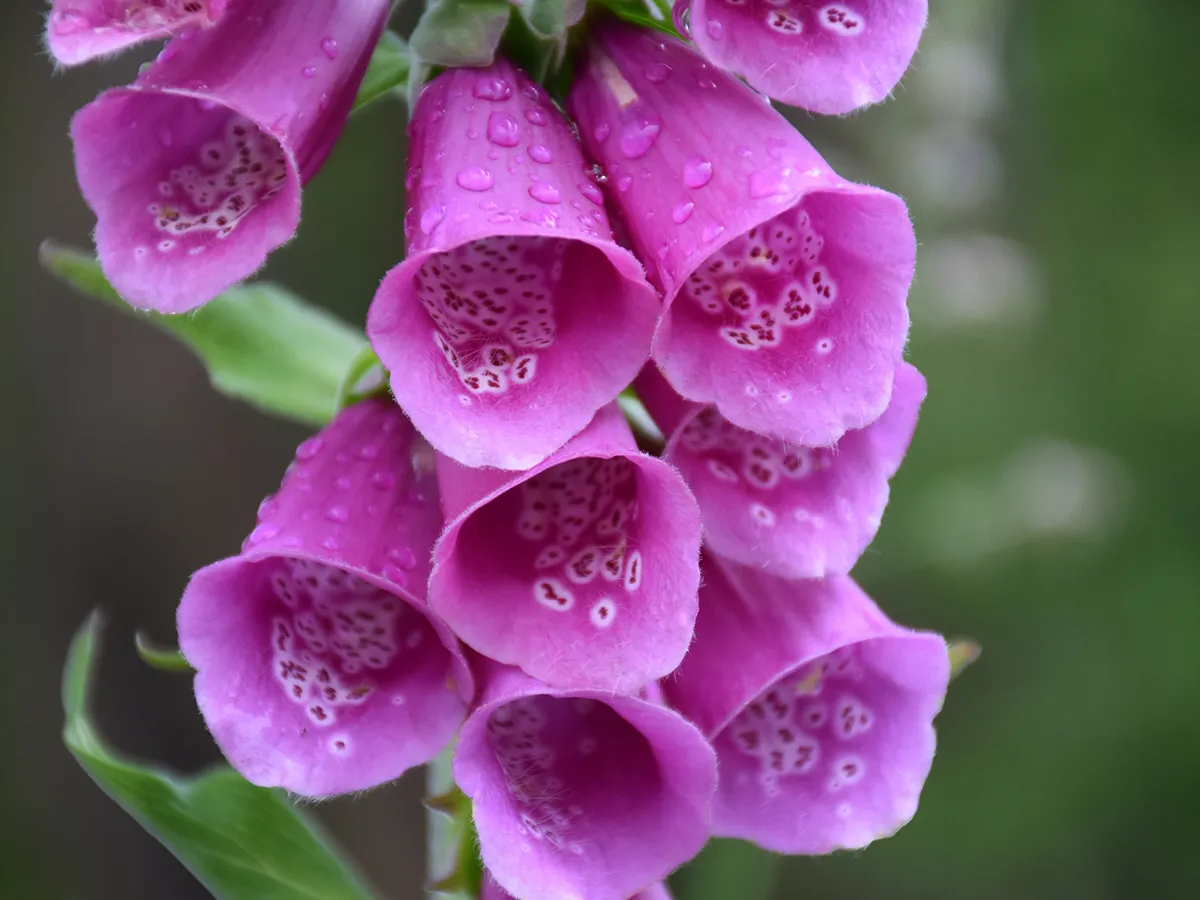
This popular and pretty cottage garden plant is highly toxic to people as well as cats and just a small amount ingested can cause major issues and even death in cats, so this is one to avoid if possible. Don't forget cut flowers can also cause problems so keep displays in an area inaccessible to cats. As they are also toxic to humans, take care when handling.
7. Nerium oleander

This pretty Mediterranean bush is becoming more and more popular in the UK, particularly in the south where its drought-tolerant properties make it appealing. However, all parts of this plant are toxic - be particularly aware that small cuttings are more palatable to cats and dogs so always clear up thoroughly after pruning an oleander. Avoid burning the cuttings, too, as the smoke can contain the same toxins -not great for humans or animals!
8. Nicotiana (flowering tobacco)
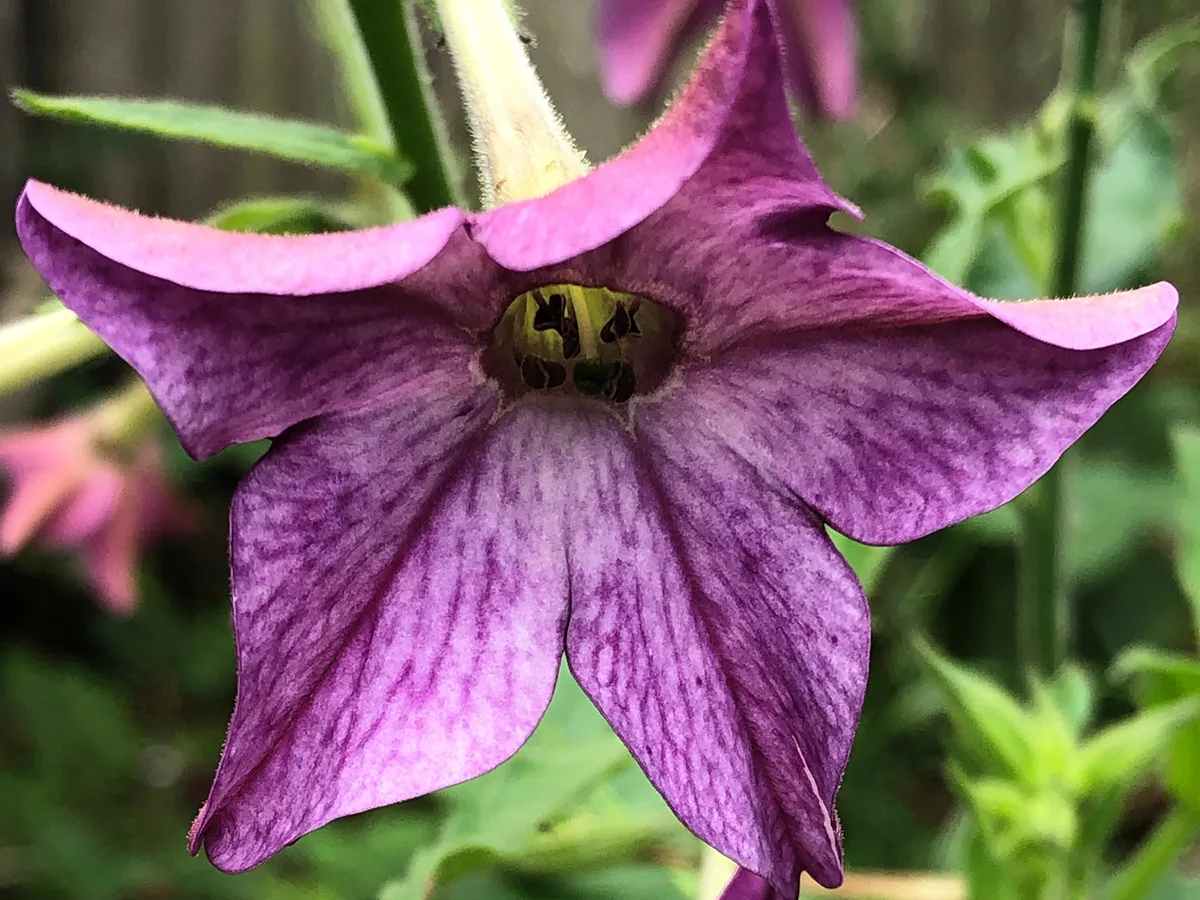
The annual garden plant nicotiana is great for long-lasting colour and fragrance in a garden, but be aware that all parts are toxic if a cat decides to have a chew! The toxins can affect a large number of systems, from the musculoskeletal to the central nervous system, and cats will usually show symptoms approximately 1-2 hours after ingestion. However if you have any concerns at all that your cat has ingested any, head to the vets.
9. Vinca minor (periwinkle)

This popular plant contains vinca alkaloids, which if ingested causes vomiting, diarrhoea and more. The severity of the symptoms depend largely on the quantity eaten, but always seek veterinary advice.
10. Yew (taxus)
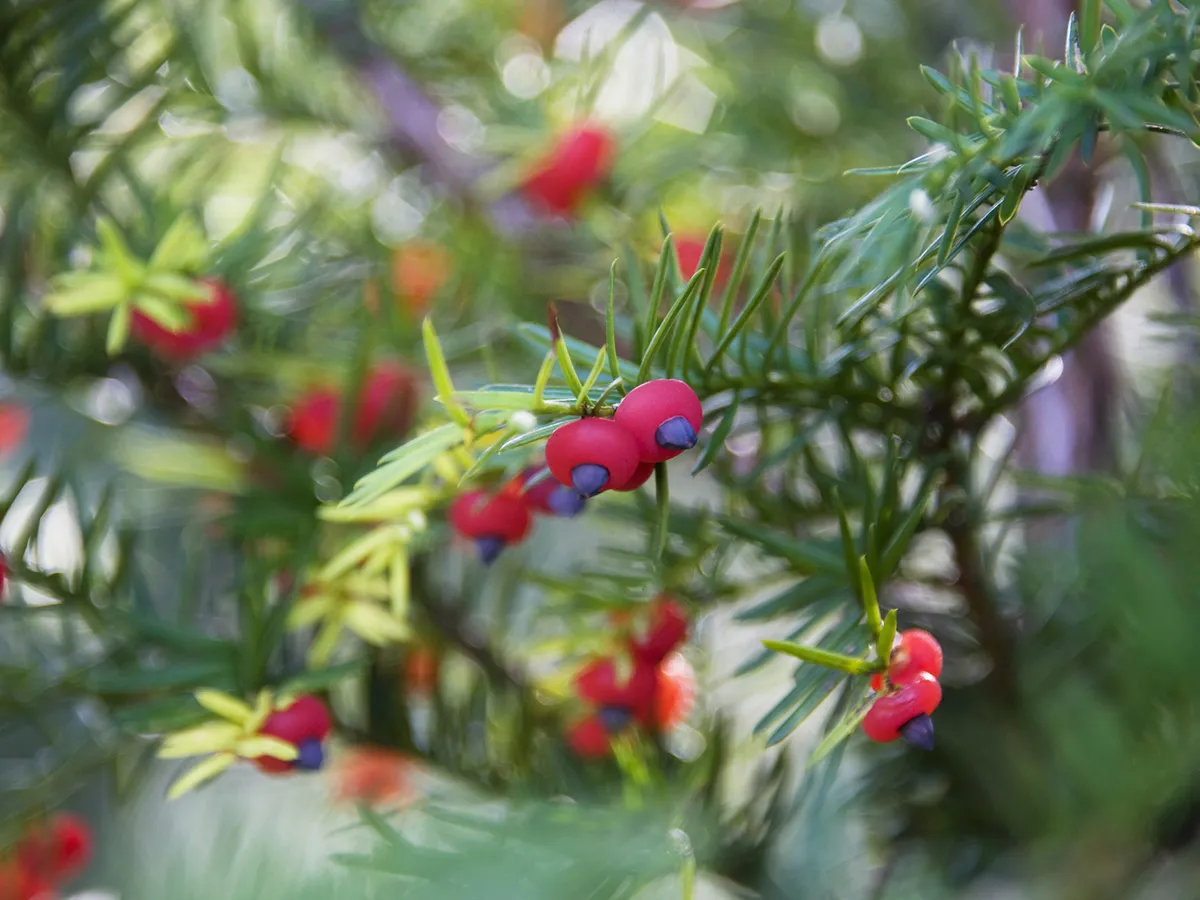
The evergreen Yew is extremely toxic to all animals - particularly livestock - but can prove fatal to cats as well if they decide to take a nibble. It is also toxic when cut, so avoid yew if you are using green foliage to decorate your home.
These are just a few plants that are toxic to cats, and other animals. For a more extensive list of poisonous plants head to and if you are thinking of adding any more pants to your garden or house please check out this range of plants that are safe for cats.
Cats Protection has a range of information about cats and plants which can be found at www.cats.org.uk/dangerous-plants
- How to stop cats scratching furniture
- How to stop cats pooping in your garden: 8 humane ways to stop cats using your garden as a toilet
- How to get rid of fleas in your home and on your pet
- How to stop your cat peeing everywhere in your home
- Moving house with cats: how to keep them happy and safe when relocating
